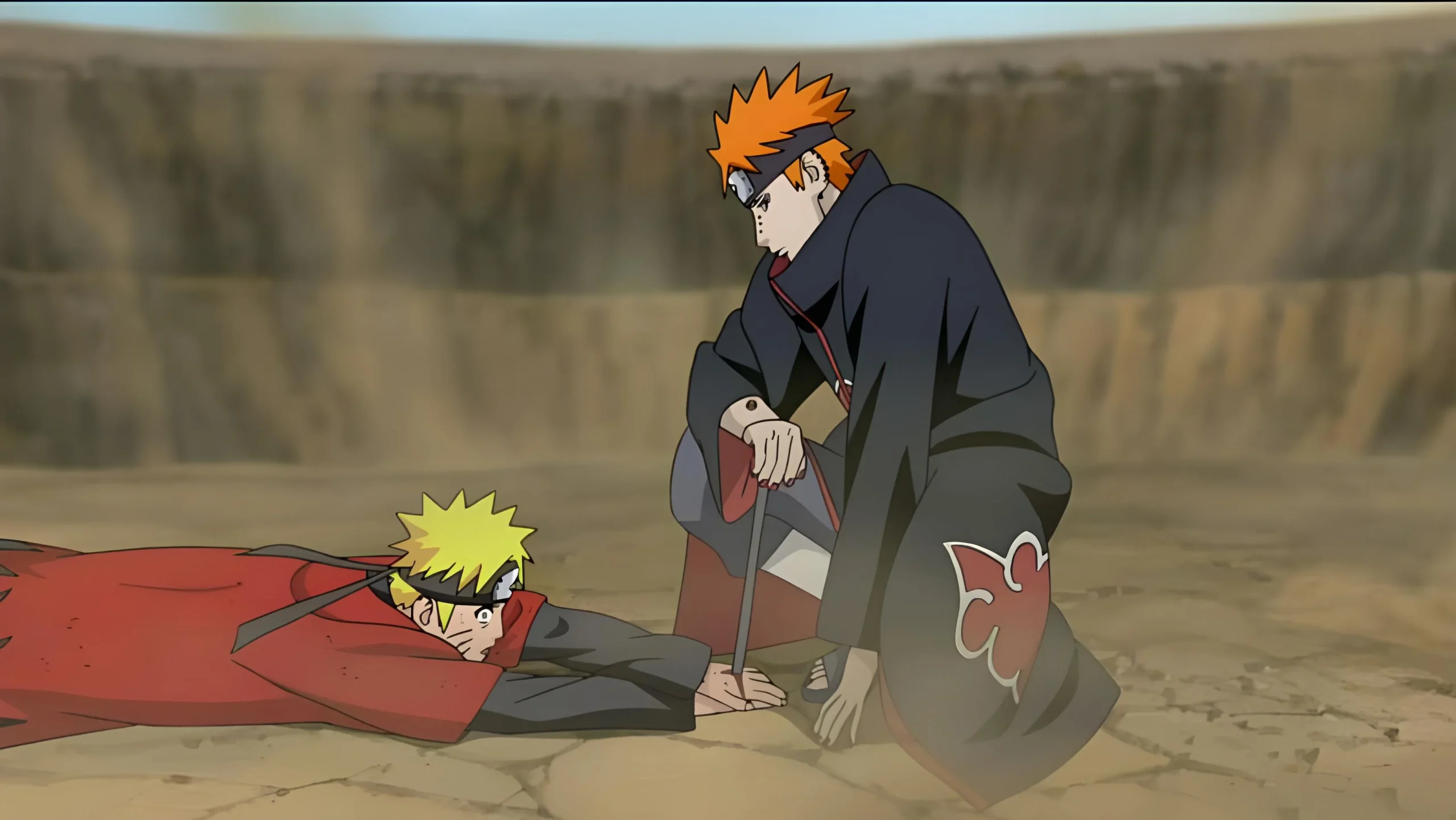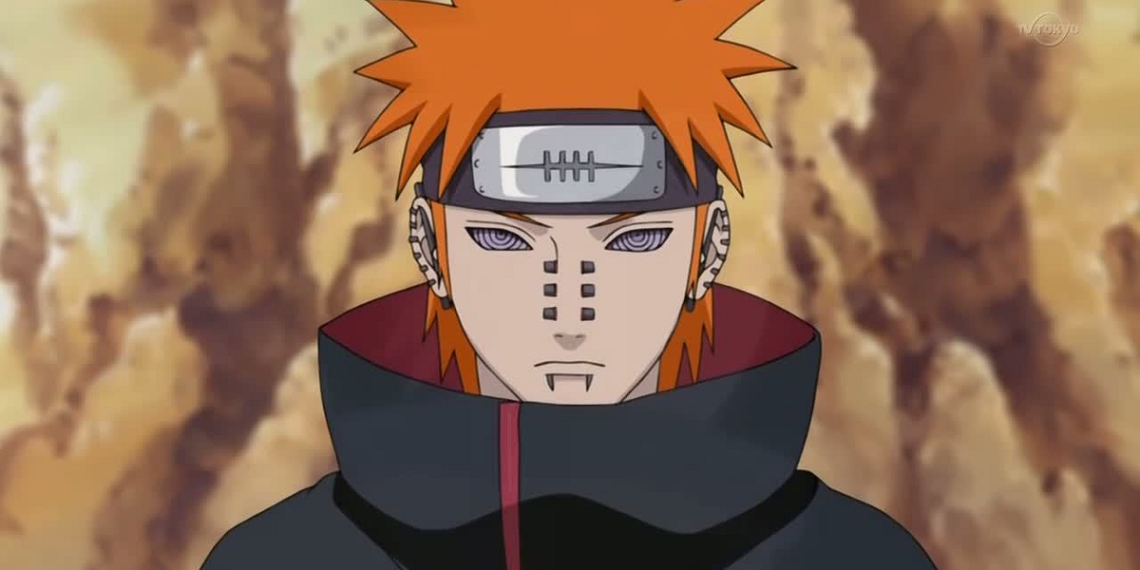Pain, known as Nagato, was not a villain who sought destruction for its own sake—his goal was peace. However, his vision of peace was one born from suffering, shaped by the tragedies he endured as a child. In a world defined by endless war, he believed that people would only understand true peace once they experienced deep and equal suffering. His philosophy was not one of cruelty but of forced enlightenment.
Rather than trusting in diplomacy or goodwill, Pain saw fear and anguish as the only reliable deterrents to war. By inflicting devastating pain on all nations, he believed he could unify people through shared suffering. His ideology was extreme, but in his eyes, it was the only solution to the endless cycle of hatred that had plagued the ninja world for generations.
A Childhood Marked by Tragedy

Nagato’s outlook on peace was shaped by the horrors he witnessed in the war-ravaged Rain Village. From a young age, he experienced the brutality of war firsthand, losing his parents and struggling to survive in a world that had already given up on him. These experiences left deep scars, teaching him that suffering was inevitable and that only those who understood pain could truly value peace.
His tragic past was not just a personal burden—it became the foundation of his beliefs. He did not seek vengeance but instead a way to end the suffering he and countless others had endured. This belief would ultimately lead him down a dark and violent path.
Pain’s core ideology revolved around one chilling concept—peace could only be achieved through shared suffering. He believed that if every nation experienced the same level of devastation, they would become less likely to engage in future wars. His ultimate goal was to create a cycle where pain itself would act as a deterrent, forcing humanity to think twice before repeating its mistakes.
To him, suffering was not just a consequence of war—it was the only thing capable of stopping it. By making the world feel the same agony he had known, he hoped to instill fear powerful enough to prevent further bloodshed.
Pain’s use of the Six Paths technique was not just a demonstration of his immense power but also a reflection of his ideology. Each of the six bodies he controlled represented a different form of suffering, reinforcing his belief that pain was a universal force that shaped all life. Through these bodies, he carried out his vision, ensuring that his message would be felt by all.
Every action he took was designed to prove his point—that true peace could only be achieved when the world understood suffering on a grand scale. His methods were ruthless, but in his mind, they were necessary to break the cycle of hatred.

Pain was not driven by greed, revenge, or power—he was driven by a vision of a better world, albeit one achieved through terrifying means. His belief that control and fear were the only ways to bring peace set him apart from other villains. He was not seeking chaos but rather an end to it.
His philosophy was flawed, but it was born from genuine pain and a desire to change the world. While his methods were extreme, they raised a haunting question—can true peace ever be achieved without suffering?




